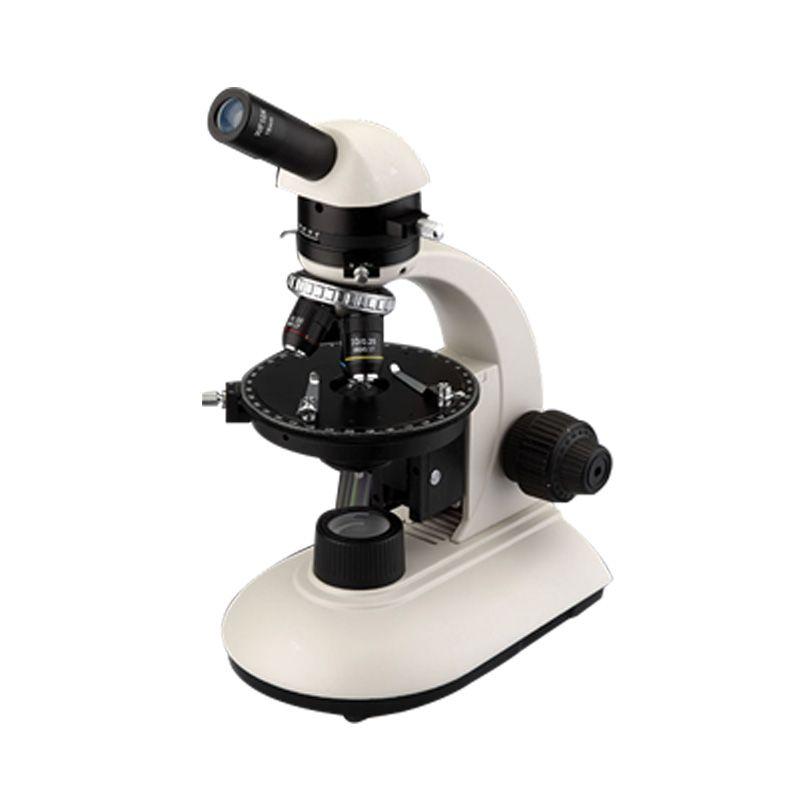What Polarizing Microscope Usage Are There?

Polarizing microscopes allow scientists to look at a wide variety of objects and events. By becoming aware of its applications, you may appreciate the potential of polarizing microscopy and how it may be used to improve our comprehension of the world around us. Polarizing microscopes can be used in a wide variety of applications, including:
l Studying the texture and structure of rocks: Rocks can be studied using Polarizing microscopes to learn more about their formation history through an examination of their texture and structure. For engineers creating foundations and other structures, as well as geologists researching the Earth's crust, this is helpful information.
l Identifying and diagnosing diseases: The identification and diagnosis of diseases like malaria and amyloidosis can be made with the use of polarizing microscopes. Medical practitioners, including pathologists, will find this beneficial.
l Identifying minerals and rocks: Birefringence and extinction angle are two examples of optical characteristics that can be exploited by polarizing microscopes to detect minerals and rocks. Mine operators hunting for precious minerals can find this useful, as can geologists researching rock formations.
l Identifying and quantifying substances: To identify and measure materials like pharmaceuticals and contaminants, polarizing microscopes can be utilized. Chemists in quality control and forensics will find this beneficial.
l Studying the microstructure of materials: To examine the microstructure of materials including metals, ceramics, and polymers, Polarizing microscopes can be utilized. For engineers creating new goods and materials scientists creating new materials, this is helpful.
l Studying the structure of crystals: Crystal structure can be studied with Polarizing microscopes. This is helpful for scientists researching the properties of materials as well as chemists creating new materials.
Polarizing microscopes are an extremely useful instrument with many applications. For scientists and researchers who need to investigate the optical characteristics of materials, they are indispensable.
- Art
- Causes
- Crafts
- Dance
- Drinks
- Film
- Fitness
- Food
- Giochi
- Gardening
- Health
- Home
- Literature
- Music
- Networking
- Altre informazioni
- Party
- Religion
- Shopping
- Sports
- Theater
- Wellness


